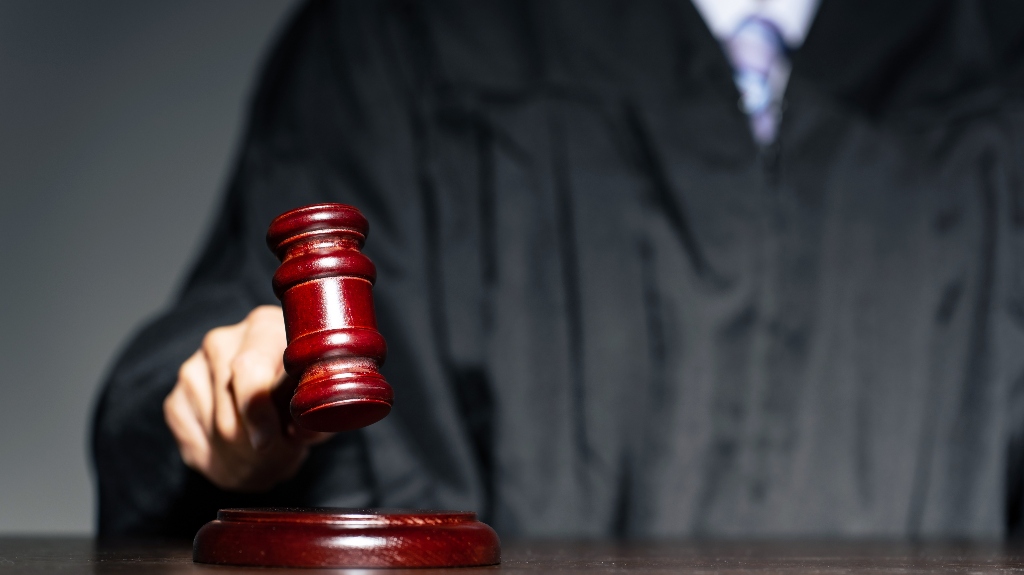In most federal criminal cases, defendants start by pleading not guilty. That’s standard. It protects their right to review the evidence, build a defense, and weigh their options.
But if they later reach a plea agreement or decide against going to trial, they’ll need to formally change that plea in court.
That typically occurs during a change-of-plea hearing. It’s more than a formality, and more than just saying “guilty.” Here’s what to expect and why it matters.
What Is a Change of Plea Hearing?
A change of plea hearing is a court proceeding where a defendant formally changes their plea from not guilty to guilty. This doesn’t happen casually or behind closed doors. It’s done in open court, on the record, and under oath.
The judge’s role is crucial here. They don’t simply accept the plea automatically. Instead, they must ensure that it’s being made voluntarily, knowingly, and with a full understanding of the consequences.
What Happens at the Hearing?
Here’s how the process typically unfolds:
Oath and Identification
The defendant is placed under oath. The judge confirms their name, age, education level, and whether they’re under the influence of anything that could impair understanding. If there’s any confusion, the hearing may stop right there.
Advisement of Rights
The judge explains the constitutional rights the defendant is giving up by pleading guilty. These include the right to a jury trial, the right to confront witnesses, the right to remain silent, and the presumption of innocence. The defendant must confirm that they understand each right and still wish to proceed.
Discussion of the Charges
The judge goes over the charges in detail. This includes the nature of the offense, the elements the government must prove at trial, and the maximum penalties allowed by law. If a plea deal involves fewer charges or a lesser offense, these will be explained.
For example, a defendant originally charged with multiple counts of wire fraud might agree to plead guilty to just one count in exchange for the dismissal of the others. The judge must then ensure the defendant understands exactly what that remaining charge involves and the consequences of pleading guilty to it.
Factual Basis for the Plea
The government attorney provides a summary of the facts they would present at trial. The judge then asks the defendant if they agree that those facts are accurate. This helps establish a factual basis for the guilty plea, which is required under Rule 11 of the Federal Rules of Criminal Procedure.
Plea Agreement Review (if applicable)
If there’s a written plea agreement, the judge will ask if the defendant has read it, discussed it with counsel, and understands its terms. If it includes a sentencing recommendation or waiver of appeal, that must be clearly stated.
Acceptance of the Plea
If everything checks out, the judge formally accepts the plea and schedules a sentencing hearing. In some cases, the judge may defer acceptance until reviewing a pre-sentence report.
How Long Does It Take?

Most change of plea hearings last around 30 to 45 minutes. However, the court will take as much time as needed to ensure the record is complete and that the defendant is fully informed.
Why Legal Guidance Matters
A change of plea hearing might sound procedural, but it’s a big deal. Once the guilty plea is entered, it’s hard to undo. And if waivers are involved, you may be giving up rights you didn’t realize were on the table.
That’s why having an experienced federal defense attorney matters at every stage. From negotiating the plea agreement to walking you through the hearing itself, the right legal support ensures you’re not going in blind.
Talk To Us About Your Federal Case
At the Law Office of Aaron L. Wiley, we help clients understand every step of the federal process without pressure, confusion, or surprises. If you’re considering a plea or facing a change of plea hearing, let’s talk about your options and protect your future.


